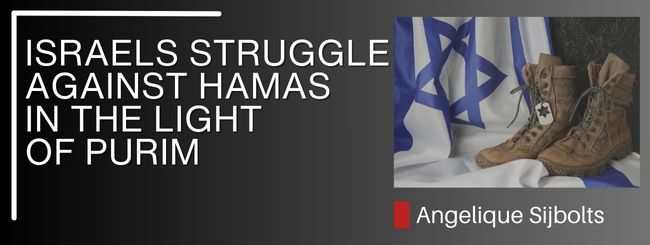בס”ד
The Triumph of Light over Darkness
The story of Purim, as told in the Book of Esther, recounts the tale of a Jewish woman named Esther who, as queen of Persia, risks her life to save the Jewish people from the genocide plotted by the wicked Haman, an advisor to the Persian king Ahasuerus. With the help of her uncle Mordecai and her courageous plea before the king, Esther reveals Haman’s conspiracy and persuades the king to protect the Jews. The festival of Purim celebrates the salvation of the Jewish people and is annually commemorated through feasting, the reading of the Book of Esther, and the giving of gifts and charity.
Purim is a Rabbinic celebration commemorating the victory of the Jews over their Persian oppressors. Like Chanukah, this day is of little significance to Noahides, but what little significance is, is different for everyone. The story of Purim is rich in symbolism and universal lessons that are certainly worth contemplating for non-Jews as well.
1. The hiddenness of G-d’s providence, a central theme in the story of Purim, reminds us that G-d’s actions are often concealed and His presence subtly works in our lives, even when His name is not explicitly mentioned. This hiddenness feels so tangible these days as we are confronted with our Jewish brothers and sisters being held hostage by Hamas and a war that seems to have no clear end. But this concept offers both Jews and non-Jews a universal message of hope and trust, making us aware of divine guidance even in the darkest times, and the belief that there is always hope, no matter how bleak the circumstances may seem.
2. The story of Purim emphasizes the importance of teshuva, or repentance, as a crucial means of salvation. The Jews in the story experience an inner change by fasting and praying in response to Haman’s decree. Haman, the antagonist in the story of Purim, represented a threat to the Jewish people through his decree to exterminate them. His intention was destructive and based on hatred and intolerance. In a contemporary context, groups like Hamas, with their goals of violence and threatening peaceful societies, can draw parallels with the spirit of Haman from the story of Purim. Hamas has repeatedly called for the destruction of the Jewish state. Their acts of terrorism and violence underscore the need for unity, resilience, and the pursuit of peace and justice, principles also embodied by the Jewish people in their struggle against Haman. To win this struggle, it is essential to focus on the inner work of repentance and spiritual transformation, both individually and collectively. This focus on repentance and spiritual transformation can be a universal message of personal growth and development, not only for Jews but also for non-Jews. It emphasizes the importance of introspection, self-reflection, and striving for improvement, which can lead to positive personal change and growth for everyone, regardless of religious background.
3. A Kabbalistic interpretation of the story of Purim sees Mordecai as a symbol of divine light, while Haman is seen as a representative of darkness and selfishness. The confrontation between Mordecai and Haman represents the spiritual struggle between good and evil, with the ultimate victory of Mordecai and Esther over Haman symbolizing how divine light will always overcome darkness. In the contemporary context, this symbolism can be applied to Israel’s struggle against Hamas. Hamas, with its goals of violence and destruction, represents the evil that must be overcome. Israel, supported by Divine help and determination, will ultimately triumph over this evil, just as Mordecai and Esther triumphed over Haman. This message of the triumph of light over darkness can be a powerful source of hope and courage, not only for Jews but also for non-Jews. It reminds us that even in the darkest times of darkness, the pursuit of justice, truth, and goodness will ultimately prevail with G-d’s help.
Three important learning points from the above are:
1. G-d’s providence: Hope in darkness, working subtly, leads to salvation.
2. Teshuva: Repentance leads to salvation, both individually and collectively.
3. Triumph of light: Goodness always prevails, even in difficulties.
By Angelique Sijbolts
© Copyright, all rights reserved. If you enjoyed this article, we encourage you to distribute it further.
Our blogs may contain texts/ quotes/references/links of
Mechon-Mamre.org, Aish.com, Sefaria.org, Chabad.org AskNoah.org
that contain copyrights and which we may use with there permission.
